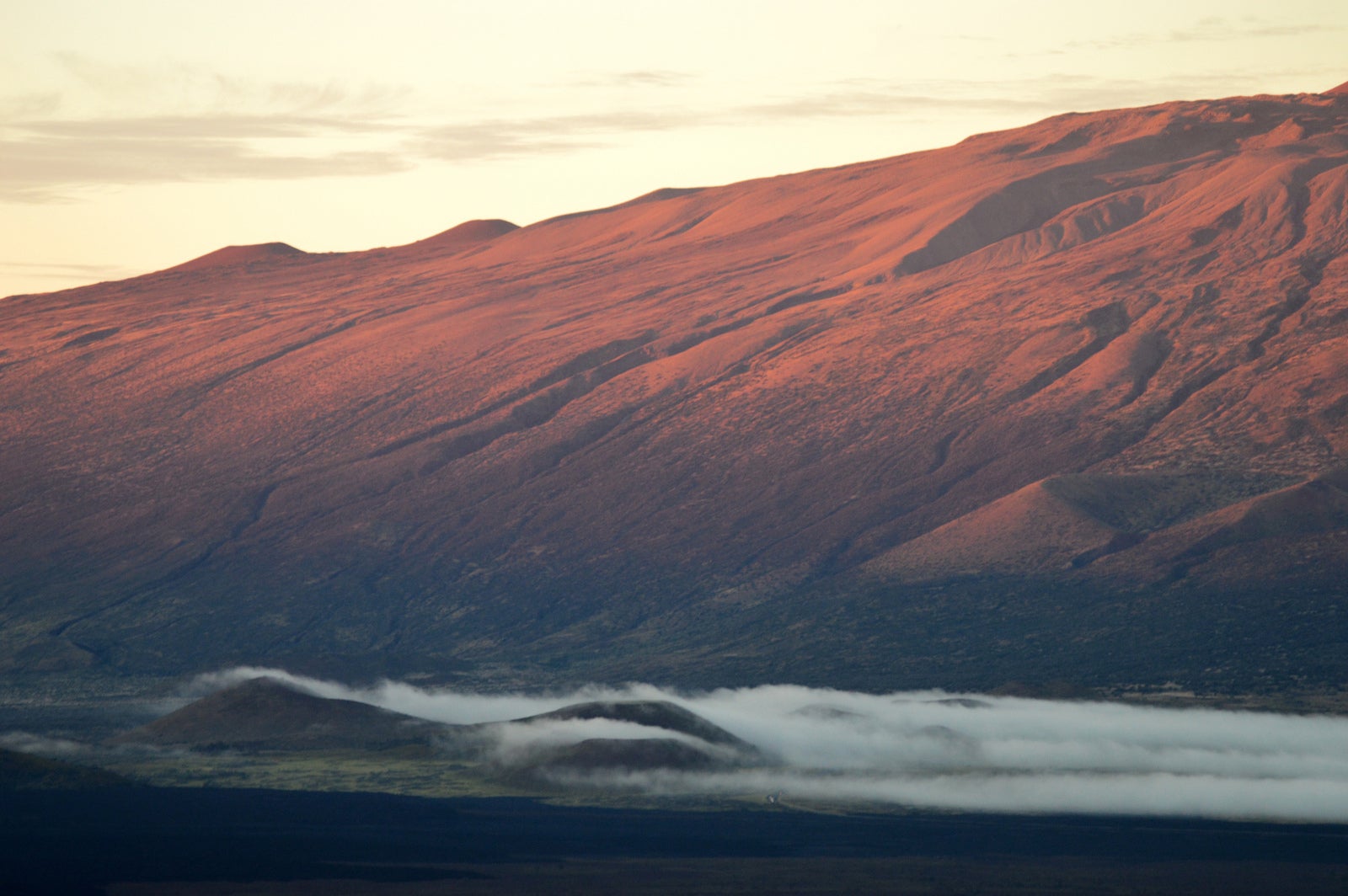Hawai‘i High Court Fixes Flawed Footnotes in Mauna Kea Decision, but Problems Persist
The language the court deleted would have plagued the law of environmental and Native Hawaiian rights for years.
Anson Chappell / CC BY-NC-ND 2.0
News of the ongoing controversy over the Thirty-Meter Telescope (TMT) project on the summit of Mauna Kea on Hawai‘i Island has spread far and wide, drawing parallels to the Standing Rock battle as Native Hawaiian cultural practitioners rise up to defend a mountain they revere as an ultimate sacred place. Last month, the split decision by the Hawai‘i Supreme Court affirming (with three justices joining the majority opinion, one concurring, and one dissenting) the state land use approval for the project made big headlines. But outside the media spotlight, a small yet important moment of legal drama played out during the several weeks afterward.
Whatever views anyone may have on astronomy and Hawaiian culture, everyone should understand what happened and why it matters for the law of Hawai‘i.
Shortly after the court’s decision, Earthjustice — on behalf of Hawaiian cultural practitioner group Kua‘āina Ulu ‘Auamo, and Collette Machado and Dan Ahuna (the Chair and Vice-Chair of the Office of Hawaiian Affairs) — stepped in and filed an “amicus curiae” (friend of the court) brief, urging the court to correct critical mistakes in its majority opinion that undercut established legal protections of environmental and Native Hawaiian rights. In a nutshell:
- The opinion inserted two footnotes that dropped legal bombshells: one suggesting that Native Hawaiians must bear the burden to prove their rights, exactly opposite to settled precedent that developers and agencies bear the burden to justify any harm to Native Hawaiian rights; and the other endorsing a false and offensive distinction between “contemporary” (read: fake) and “traditional” (read: real) Hawaiian practices.
- The opinion also included language suggesting that agencies could limit their analysis of impacts to just the specific project footprint, while disregarding broader harms.
- Finally, the opinion offered a cursory analysis of the public trust doctrine, a bedrock constitutional principle that protects all natural resources for present and future generations. Instead of following the precedent in the landmark Waiāhole case, the majority applied its own diluted interpretation suggesting, for example, that community benefit payments could fulfill the public trust.
Earthjustice was not previously involved in the Mauna Kea case, but we were convinced that something needed to be done to mitigate the worst damage from this ruling. Joining us on the brief as co-counsel were former Hawai‘i Supreme Court Justice Robert Klein, who authored several seminal opinions on Native Hawaiian rights, including the “PASH” case in Kohanaiki on Hawai‘i Island; and Professor Melody Kapilialoha MacKenzie, lead author of the Native Hawaiian Law Treatise.
On the deadline for the court’s response, the justices issued a run of orders specifying changes to its opinions. The court majority deleted the two problematic footnotes. It also added a footnote clarifying that the agency analysis of impacts is not limited to the project footprint.
While this may seem like much ado about some footnotes, legal practitioners appreciate that when the court issues its decision, the cement is basically poured, and the court does not make changes unless a real mistake needs to be corrected. The language the court deleted would have plagued the law of environmental and Native Hawaiian rights at least for years, and we are fortunate and thankful to have dodged those bullets.
Still, fundamental problems with the court’s ruling remain. For example, the majority did not change its flawed analysis of the public trust doctrine, nor did it correct the developer’s and state land board’s erroneous shifting of the burden of proof onto Native Hawaiians. The court, at minimum, should have sent the case back to the agency to correct basic legal errors, but the court instead weakened the law. Those problems are left for another battle, another day.
The book on this particular legal episode of the TMT controversy is now closed. But as Native Hawaiian professor Davianna McGregor said at a recent demonstration, “This is just the beginning.” Again, whatever opinion one may have on this issue, everyone should contemplate the timeless saying by the venerable legal scholar Felix Cohen, analogizing the treatment of Native peoples under the law to “the miner’s canary,” which “marks the shift of fresh air to poison gas in our political atmosphere; and . . . reflects the rise and fall of our democratic faith.”
Originally published at: https://www.beyondkona.com/analysis
Established in 1988, Earthjustice's Mid-Pacific Office, located in Honolulu, Hawaiʻi, works on a broad range of environmental and community health issues, including to ensure water is a public trust and to achieve a cleaner energy future.
